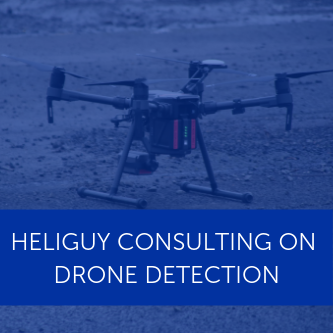
News
Published on 11 Jan 2019
James Willoughby
Heliguy assisting UK airports with drone detection
UAV specialist Heliguy has been assisting major UK airports with their drone-detection systems, as well as showcasing other options to enhance defences. ... Read More
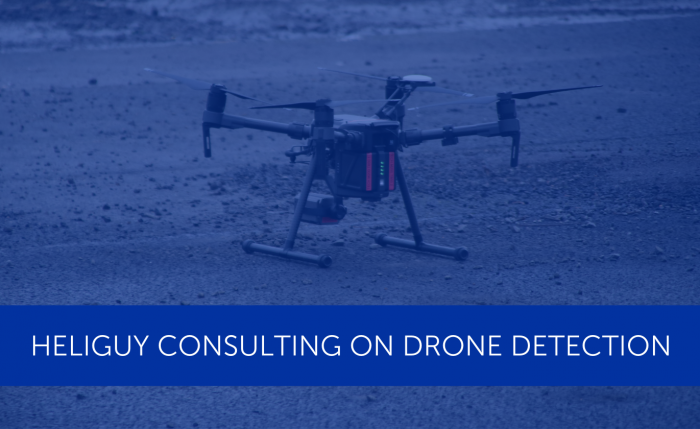
North-East UAV specialist Heliguy has been assisting major UK airports with their drone-detection systems, as well as showcasing other options to enhance defences.
Prompted by December's chaos at Gatwick, followed more recently by disruption at Heathrow, Heliguy has been called to numerous airports to share its knowledge in UAV tracking and monitoring.
Working with these airports - which cannot be identified for security reasons - Heliguy has been using its experience to test existing drone-detection systems in place, as well as demonstrating DJI AeroScope - a state-of-the-art UAV monitor.
As part of these key demonstrations and tests, Heliguy has been working alongside numerous police forces and equipment manufacturers to drive this forward.
"We have been working tirelessly over the last few weeks with some of the largest airports based here in the UK.
"It is a privilege to have been chosen to work with them in-house to implement counter-drone systems.
"We are working on a layered system to ensure there are no black holes in the system. The huge advantage to AeroScope is the fact that it’s incredibly quick to sound an alert if a potential threat is detected.
"Also, it offers a range of intelligence-building features to help organisations, such as airports, be proactive rather than being reactive to a drone threat."
Sam LoweHeliguy AeroScope Lead
What is AeroScope?
A DJI AeroScope unit is used to detect drones flying in a specific area.
This state-of-the-art system is a sophisticated and comprehensive platform that rapidly identifies UAV communication links, gathering real-time information such as flight status, paths, serial number, speed, direction and home position, as well as the make and model of the drone.
This monitoring data stream helps AeroScope users make an informed response and security decision as soon as possible.
AeroScope tracks drones through the signal between the aircraft and its remote controller.
AeroScope can identify the vast majority of popular drones on the market exceptionally quickly, giving organisations all the information they need in real-time to make informed security decisions about drone pilots in their airspace.
This data can help prevent accidental drone collisions and ensure that all drone pilots are acting within the regulations in place in any given area.
What is available?
There are two types of AeroScope unit – Stationary and Portable.
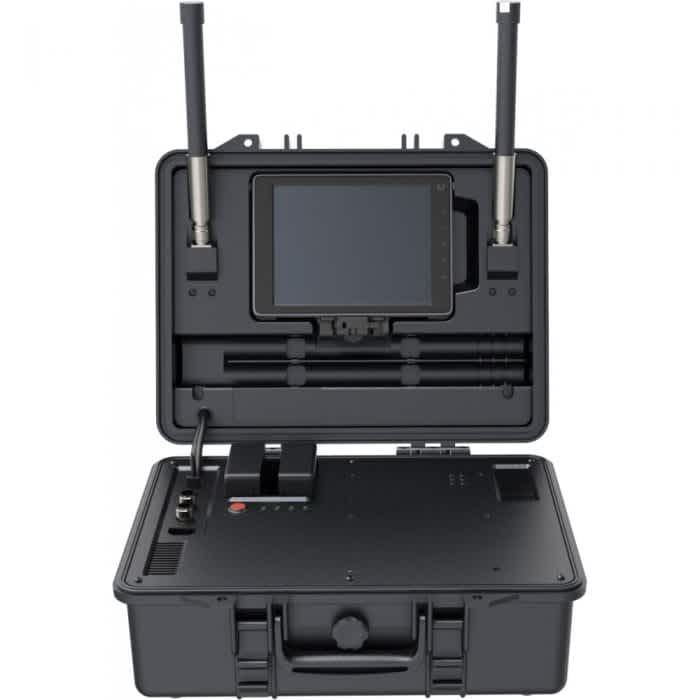
The Portable AeroScope unit, pictured above, can be set up quickly and easily anywhere it’s needed. It’s perfect for use at temporary events, mobile deployments or other instances where you need to protect the airspace around you at short notice.
Meanwhile, the Stationary Unit (pictured below) is designed to be in continuous use outdoors. One of the most significant advantages of using it is the ability to customise and configure the unit precisely to the site that needs to be monitored.
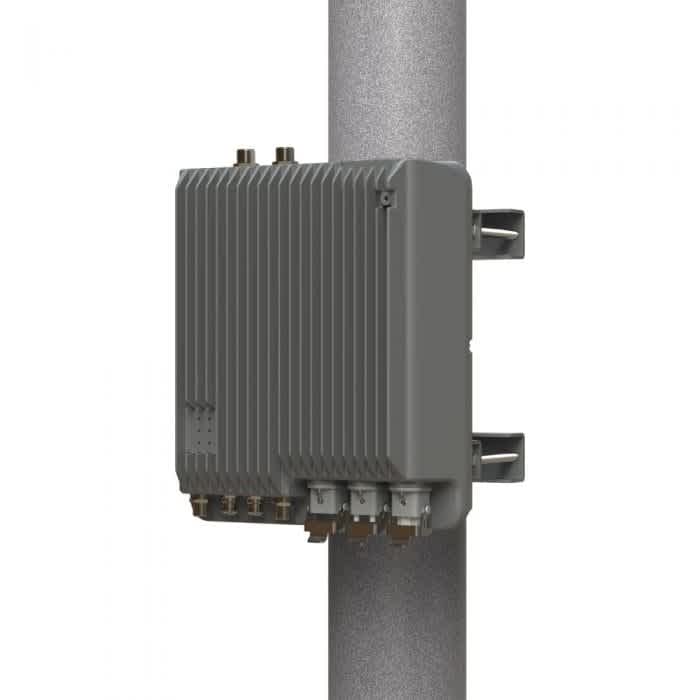
In ideal conditions, a Stationary AeroScope setup has a range of 50km – and can identify drones in a little as two seconds.
There are a number of deployment options too, meaning the data gathered by AeroScope can be hosted on a private cloud for particularly sensitive airspace.
It also allows you to integrate with other security systems to provide a more complete picture of the monitored airspace.
The Stationary DJI AeroScope provides a flexible platform for drone detection.
There are two antenna configuration options available. These are:
G16.jpg
G16 antenna
G8-antenna.jpg
G8 antenna
Both antennas are directional, but the G16 antenna provides the highest gain.
The Stationary AeroScope is water-proofed, dust-proofed and can be used in a huge range of temperatures and humidity levels.
Other AeroScope demonstrations
In November, Heliguy set up a G8 antenna at Operation Zenith - a world-first demonstration at Manchester Airport to test how drones and traditional aircraft can safely share the same airspace.
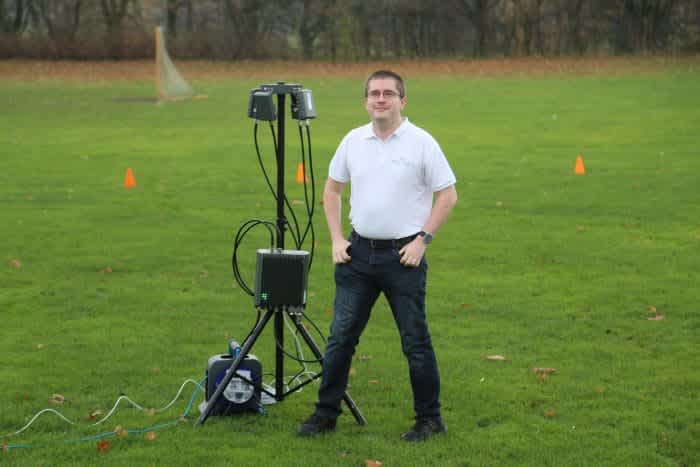
Kevin Morton, Heliguy’s head of technical works, with the G8 antenna during Operation Zenith.
In August last year, Heliguy headed to Blackpool Airport to hold a special event dedicated to drone detection, showcasing DJI AeroScope in the process.
AeroScope is already in use at some airports, major public arenas and large public gatherings around the world. Because it receives signals directly from drones using their existing communications link, rather than relying on a wireless network or special transmitters, it is ideal for capturing critical airspace information for a UTM system to process.
